Species Profile: The Irrawaddy Dolphin
The beautiful Irrawaddy Dolphin is severely threatened and is now functionally extinct in Laos.
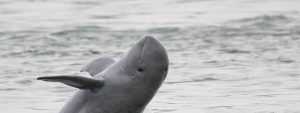
The Irrawaddy dolphin is a euryhaline species of oceanic dolphins, i.e. they can tolerate a wide range of water salinity.
Though very similar to the beluga whale in appearance, Irrawaddy dolphins are most closely related to the killer whale (orca). They are characterized by a large melon, no distinct beak, and a blunt, rounded head.
Their bodies are light gray allover and slightly lighter underneath, although some individuals range from gray to dark slate blue. Also, it has long broad flippers and short, blunt, and triangular dorsal fins.
Unlike other dolphins such as the common bottlenose dolphin, the Irrawaddy Dolphin has a u-shaped blowhole on the left of the midline that opens towards the front of the head.
Interestingly, there is evidence of interspecies competition between them and other dolphins. For instance, in captivity, humpback dolphins (Sonsa Chinensis) chase and confine Irrawaddy dolphins to a small portion of their tanks.
Also, in places like Chilika Lake, India, local fishers observe that bottlenose dolphins frighten the Irrawaddy dolphins away.
The IUCN lists this dolphin as Vulnerable though its also listed as Critically Endangered in places like Cambodia, Laos, and Malaysia.
It’s conservation status is further threatened by an extremely low birth rate of one calf every 2 to 3 years.
1) Scientific Name
Orcaella Brevirostris
2) Scientific Classification:
- Kingdom: Animalia
- Phylum: Chordata
- Class: Mammalia
- Order: Artiodactyla
- Family:Delphinidae
- Genus: Orcaella
3) Life Expectancy
Their lifespan is about 30 years.
4) Average/Maximum Length
They can grow up to 2.3 meters (7.5 feet) at full maturity. The largest individual was a male from Thailand that measured 2.75 meters (9.0 feet).
5) Average/Maximum Weight
Adults can range from 90 kg (200 lbs.) to 200 kg (440 lbs.)
6) Maximum Swimming Speed
The Irrawaddy dolphin swims slowly but can attain up to 12 to 16 mph (20 to 25 km/h) when fleeing from a perceived threat.
7) Interaction With/Danger To Humans
Though these are social, playful creatures often seen in groups of anywhere from 2 to 25 individuals, Irrawaddy dolphins are shy of boats and unfamiliar humans. They don’t bow-ride like most other dolphins, and generally dive very fast when alarmed.
Fishermen have enjoyed a mutually beneficial relationship with Irrawaddy dolphins through co-operative fishing. For example, local Indian fishermen call out to them by tapping wooden keys (also known as a “lahai kway”), against the sides of their wooden boats. By doing this, they are signaling groups of the Irrawaddy dolphin to drive fish into their nets.
As a reward, the dolphins get to eat some of the catch. This practice is also common in places like Burma.
There are no records of an Irrawaddy dolphin harming or killing a human
Irrawaddy dolphins commonly work with local fishermen to catch fish.
8) Reproduction Details
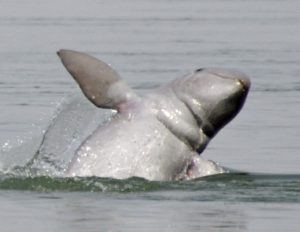
Mating is very brief, lasting for about 40 seconds. Thereafter, both parties swim off in different directions.
Gestation period is 14 months with a single calf born every two to three years. Irrawaddy dolphin mothers wean their calves after two years.
These dolphins are likely to reach sexual maturity at seven to nine years.
9) Diet/Hunting Pattern of The Irrawaddy Dolphin
The habit of traveling and staying in groups helps them hunt better.
In the wild, they are often seen spitting water from their mouths and this behavior is believed to aid their efforts in confusing schools of fish. By confusing fish, the dolphins can herd them better for the hunt.
Their diet is very varied and includes fish, crustaceans, and cephalopods.
10) Alternative Names
They have many vernacular names including:
- Bhuasuni magar (oil-yielding dolphin) in the Chilika dialect
- Loma hua bat in Thai language (alms-bowl dolphin), because of the the shape of their heads).
11) Population And Conservation Status
The Irrawaddy dolphin is under severe pressure and threat from many factors. Some of them are:
- Bycatch: Because they live closer to shore than most other dolphins, they are more prone to the side effects of human activities. One of these activities is fishing. They frequently get caught, and drown in gillnets.
- Noise Pollution: The level of noise from large high speed vessels frightens the dolphins, causing them to dive for longer than necessary.
- Explosives By Fishermen: Collateral deaths from blast fishing especially in Cambodia. Explosives are cheap, easy to acquire and sold in local markets making this is a very popular option for fishermen.
- Dam Building: The plan to construct dams across the Mekong River could further threaten the remaining dolphins in downstream Cambodia. That’s because the builders intend to use explosives in the process of construction. This will definitely affect the highly sensitive hearing of the surviving dolphins.
- Dolphinariums: Due to their pleasant appearance and unique behaviors, it’s common to find this dolphin in cheap dolphinariums in several Asian countries. The Irrawaddy dolphin is easy to train, does well in captivity, and is very cheap to maintain thus the motivation to use it for quick profit.
- Tourist Activities: This includes large numbers of boats in their habitat increasing noise and the risk of collisions.
As a result of all the above and more, the IUCN lists this dolphin as Vulnerable globally but it’s also listed as Critically Endangered in places like Cambodia, Laos, Malaysia, Vietnam, Myanmar, the Philippines, and Thailand.
The majority of Irrawaddy dolphin deaths in their habitats occur from drowning in gillnets, bottom-set crabnets, explosives for fishing, and dam building.
12) Ancestry And History
Sir Richard Owen was one of the first people to describe the Irrawaddy dolphin in 1866. This dolphin is one of only two species in its genus.
Its scientific name, Brevirostris comes from the Latin word for short-beaked. Their closest relatives are the Australian snubfin dolphin (Orcaella Heinsohni) and the killer whale or orca (Orcinus Orca).
13) Distribution And Habitat
They live in discontinuous subpopulations near sea coasts and rivers in parts of the Bay of Bengal and Southeast Asia. You’ll see them in countries like Cambodia, Laos, Malaysia, Vietnam, Myanmar, the Philippines, and Thailand. Also in India, Bangladesh, and Indonesia.
Although there are several international efforts in place to conserve and save this dolphin, these efforts are not nearly enough because it is still disappearing at an alarming rate. In Laos, for instance, this animal was recently declared as functionally extinct.

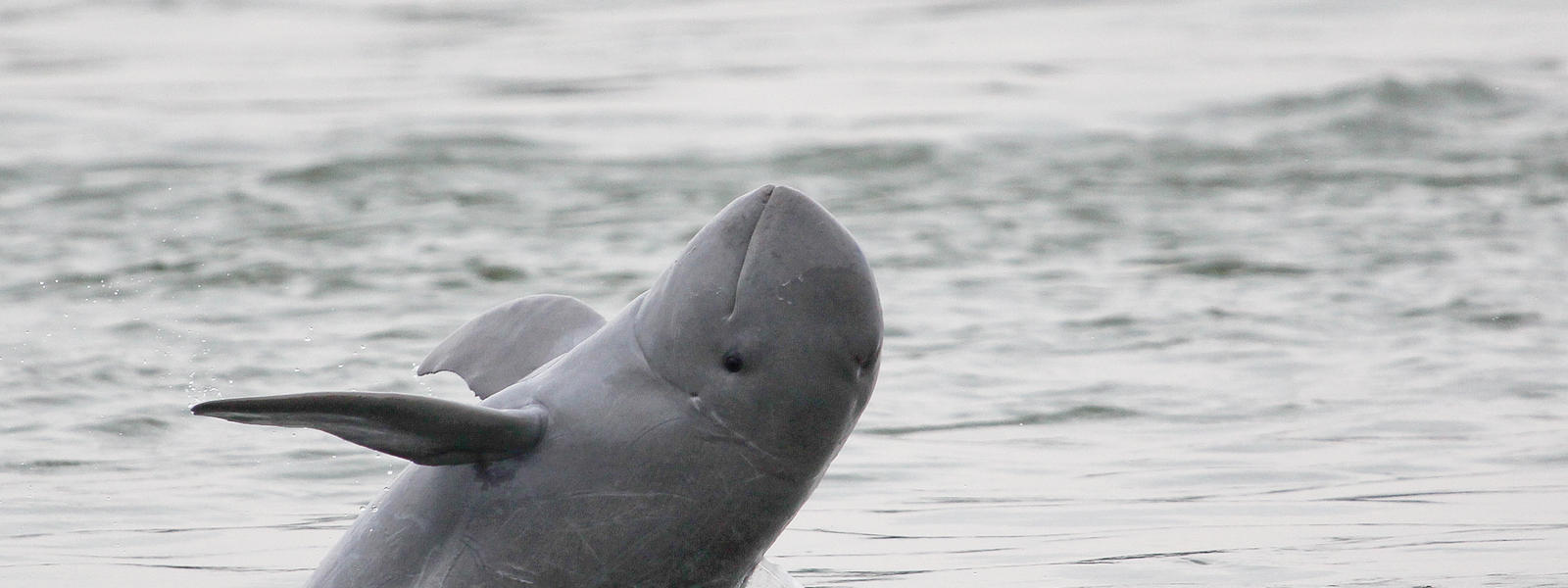
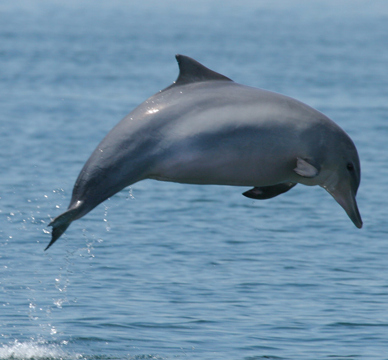
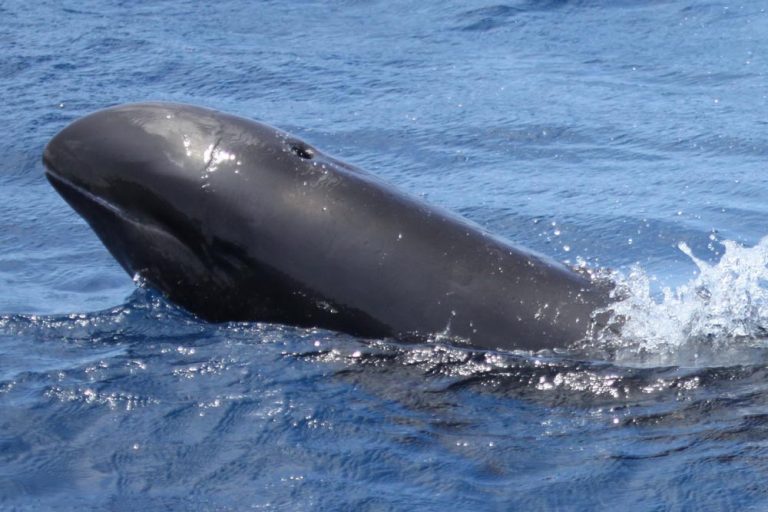
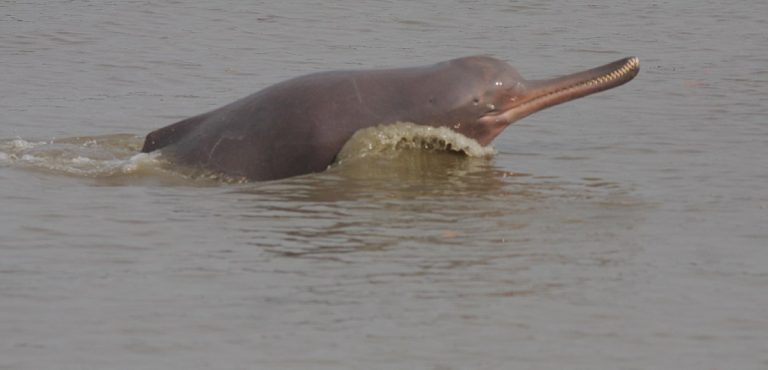
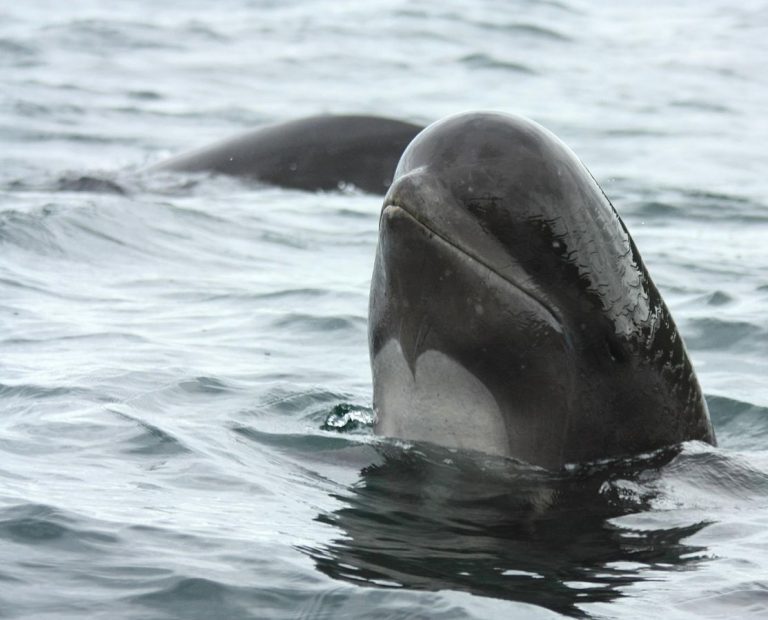
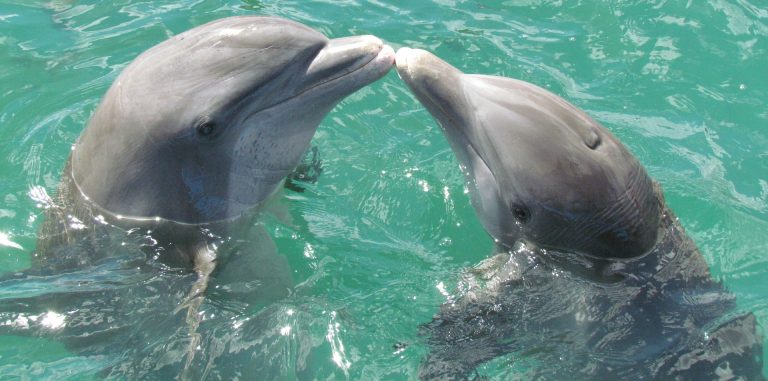
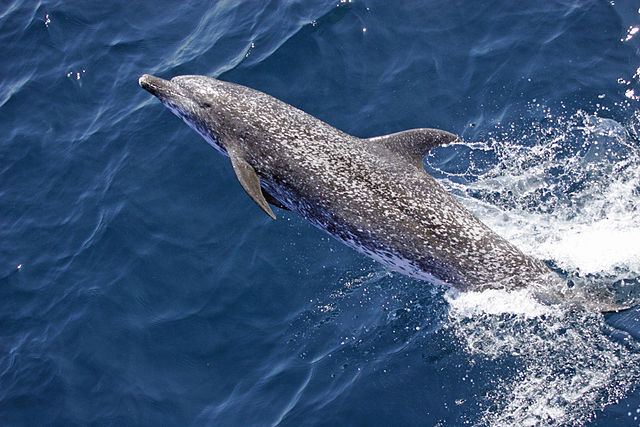
Oh my I learned so many neat things it’s so interesting how they help catch fish and I would love to see a slate blue one they sound so beautiful I hope the thrive.
Sad to hear that they are endangered in many places!